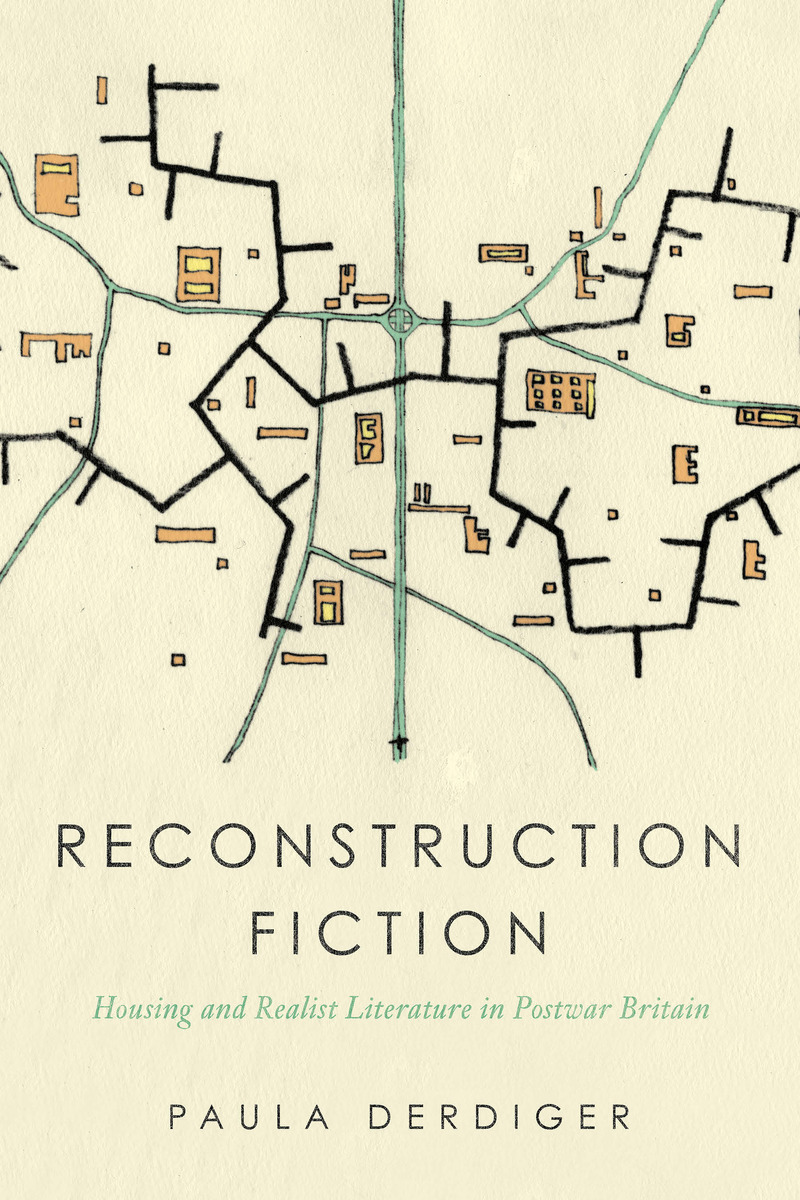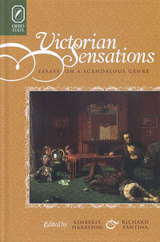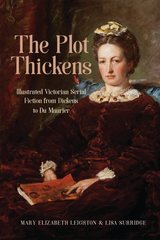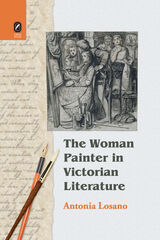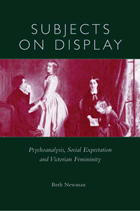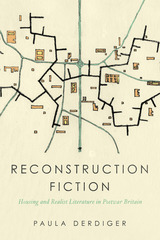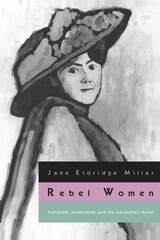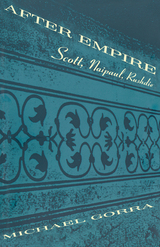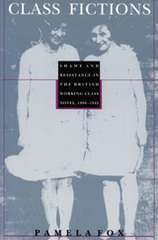Reconstruction Fiction: Housing and Realist Literature in Postwar Britain
The Ohio State University Press, 2020
Cloth: 978-0-8142-1452-7 | Paper: 978-0-8142-5770-8 | eISBN: 978-0-8142-8076-8 (individual)
Library of Congress Classification PR881.D47 2020
Dewey Decimal Classification 823.914093564
Cloth: 978-0-8142-1452-7 | Paper: 978-0-8142-5770-8 | eISBN: 978-0-8142-8076-8 (individual)
Library of Congress Classification PR881.D47 2020
Dewey Decimal Classification 823.914093564
ABOUT THIS BOOK | AUTHOR BIOGRAPHY | REVIEWS | TOC
ABOUT THIS BOOK
Reconstruction Fiction: Housing and Realist Literature in Postwar Britain by Paula Derdiger assesses the impact of World War II and the welfare state on literary fiction by focusing on one of the defining issues of the postwar period: housing. Through compelling close readings and lively historical and cultural analysis, Derdiger argues that literary realism was a necessary, generative response to the war and welfare state since they impacted the built environment and landscape. Wartime decimation of buildings and streets called for reconstruction, and reconstruction called not just for bricks and mortar, architectural drawings, town plans, preservation schemes, and new policies but also for fiction that invited particular ways of inhabiting an environment that had been irrevocably changed. Derdiger argues that fiction, like actual buildings, creates a sheltered space for the mediation between individual subjects and the social and geographical environments that they encounter. Realist fiction, specifically, insists that such mediation is possible and that it is socially valuable. Covering writers spanning various social positions and aesthetic tendencies—including Elizabeth Bowen, Graham Greene, Patrick Hamilton, Doris Lessing, Colin MacInnes, and Elizabeth Taylor—Derdiger shows how these authors responded to the war with realistic technique, investing in external conditions just as much as or more than their characters’ interior lives. In doing so, their reconstruction fiction helped to shape postwar life.
See other books on: Buildings | Dwellings | English fiction | Housing | Literature and the war
See other titles from The Ohio State University Press
